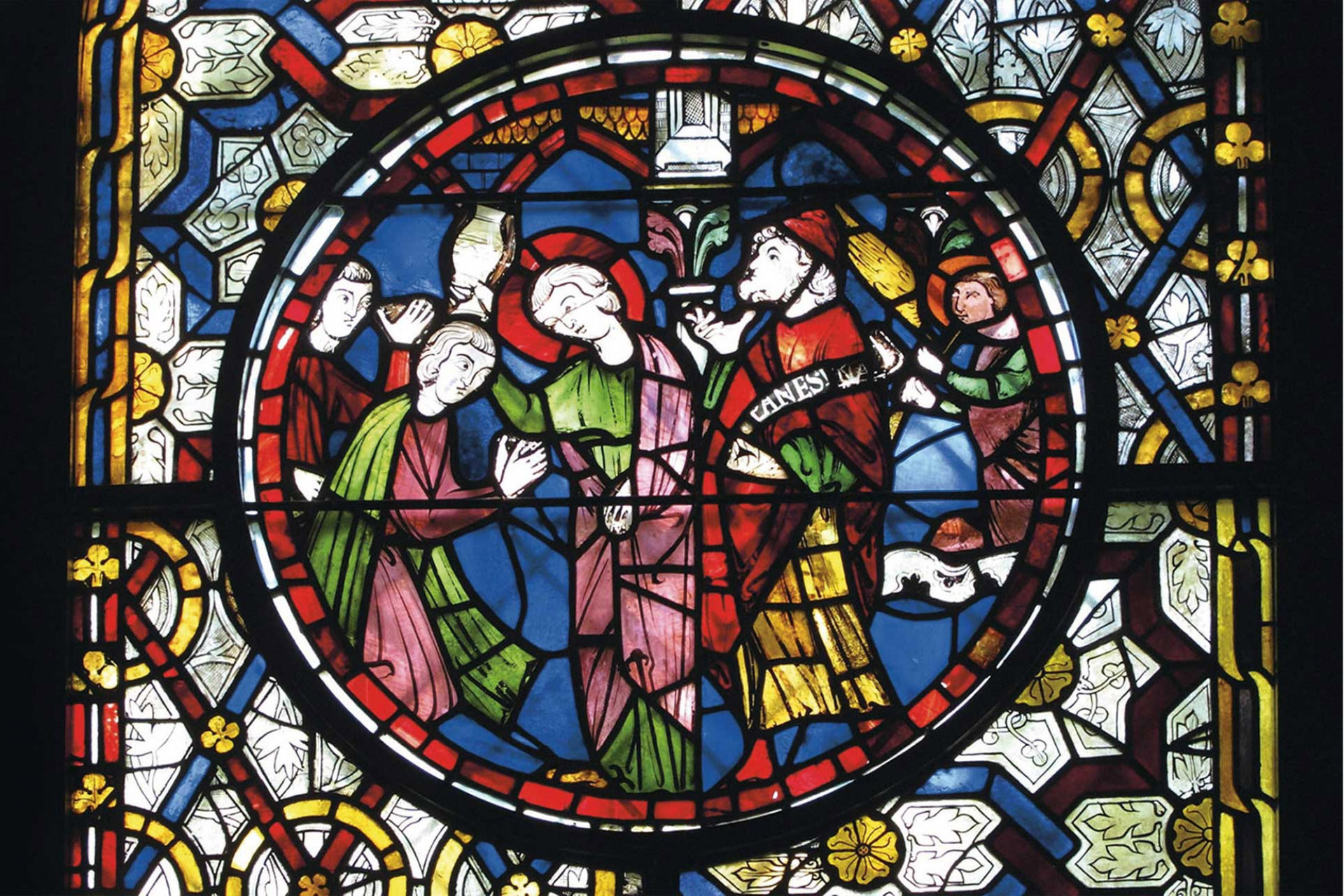“I loved the passion that was apparent in both the students and staff, and the close working relationships that I could have with my lecturers.” … Read more
Month: February 2022
Students join in hybrid field trip in Paris
The Centre for Medieval and Early Modern Studies (MEMS) offers its MA students the unique opportunity to study in both Canterbury AND Paris. Some of … Read more


